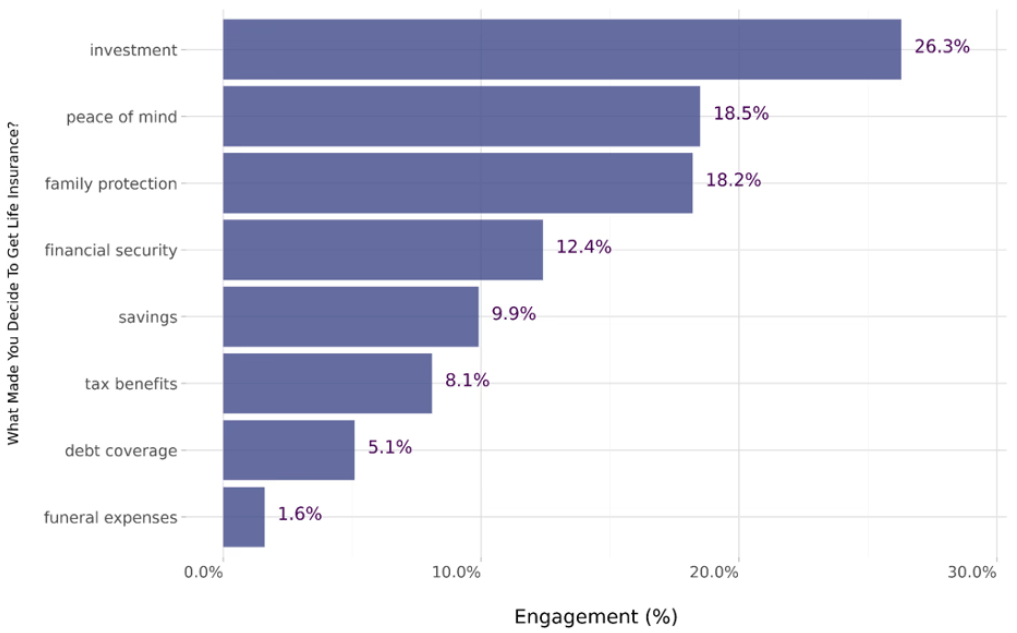Understanding Whole Life Insurance in Canada: A Guide to Participating and Non-Participating Policies
Whole life insurance is a cornerstone of financial planning in Canada, offering lifelong coverage and a range of benefits. Whether you're considering it for estate planning, wealth accumulation, or ensuring financial security for your loved ones, understanding the differences between participating and non-participating whole life insurance policies is crucial.
What Is Whole Life Insurance? Whole life insurance provides permanent coverage with three main guarantees:
- Lifetime Protection: Coverage that lasts your entire life, as long as premiums are paid.
- Fixed Premiums: Premiums that remain consistent throughout the policyholder's life.
- Guaranteed Death Benefit: A predetermined amount paid to beneficiaries upon the policyholder's death.
Additionally, many whole life policies include a cash value component. A portion of your premiums contributes to this cash value, which grows over time on a tax-deferred basis. This cash value can be accessed through loans or withdrawals, providing financial flexibility in later years .
Participating Whole Life Insurance
Overview: Participating (or "par") whole life insurance policies allow policyholders to share in the insurer's financial performance through annual dividends. These dividends are not guaranteed but are based on the insurer's actual experience, including investment returns, mortality, and expense factors.
Key Features:
Dividend Options: Policyholders can choose to:
Purchase additional paid-up insurance.
Reduce premiums.
Accumulate dividends with interest.
Receive dividends in cash.
Potential for Higher Returns: While dividends are not guaranteed, they can provide a source of additional funds or coverage.
Considerations:
Higher Premiums: Participating policies typically have higher premiums compared to non-participating policies, reflecting the potential for dividends and additional benefits.Investment Management: The insurer manages the participating account, and policyholders benefit from its performance without direct involvement.
Cost Example:
-
A 30-year-old male might pay approximately $75/month for $100,000 coverage, while a 60-year-old male could pay around $263/month for the same coverage .
Non-Participating Whole Life Insurance
Overview: Non-participating (or "non-par") whole life insurance policies do not offer dividends. They provide a fixed death benefit and guaranteed cash value accumulation, but without the potential for additional earnings through dividends.
Key Features:
Guaranteed Coverage and Premiums: Like participating policies, non-participating policies offer lifetime coverage with fixed premiums.Cash Value Accumulation: The policy builds cash value over time, which can be borrowed against or withdrawn, providing financial flexibility.
Predictable Costs: Without dividends, the cost structure is straightforward, making it easier for policyholders to budget.
Considerations:
No Dividend Potential: Policyholders do not receive dividends, which may result in slower cash value growth compared to participating policies.Simpler Structure: The lack of dividend options makes these policies less complex but also less flexible in terms of potential financial benefits.
Cost Example:
-
A 30-year-old male might pay approximately $100/month for $100,000 coverage, while a 60-year-old male could pay around $217/month for the same coverage .
Why Choose Whole Life Insurance in Canada?
Whole life insurance remains a popular choice among Canadians for several reasons:
Long-Term Financial Security: With lifetime coverage, whole life insurance ensures that beneficiaries receive a death benefit, regardless of when the policyholder passes away.Wealth Accumulation: The cash value component allows policyholders to accumulate funds on a tax-deferred basis, which can be accessed during their lifetime.
Estate Planning: The guaranteed death benefit can be used to cover estate taxes, ensuring that heirs receive the full value of the estate.
Financial Flexibility: Accessing the cash value through loans or withdrawals provides policyholders with financial options in times of need.
Statistical Insights:
- Premium Growth: Canadians paid a total of $27 billion in life insurance premiums in 2022, up from $22.2 billion in 2018, reflecting a 21.6% increase over five years .
- Asset Growth: Life insurance assets in Canada grew from $4,800 billion in 2018 to $5,500 billion in 2022, an increase of 14.6% over five years .
- Coverage Increase: The average life insurance coverage per Canadian household rose from $423,000 in 2018 to $474,000 in 2022, a 12.1% increase .
Choosing between participating and non-participating whole life insurance depends on individual financial goals, risk tolerance, and the desire for potential dividend income. Participating policies offer the possibility of higher returns through dividends but come with higher premiums and less predictability. Non-participating policies provide stable costs and guaranteed benefits but lack the potential for additional earnings.
Whole life insurance serves as a vital tool in long-term financial planning, offering both protection and potential wealth accumulation. It's essential to assess personal financial objectives and consult with a licensed insurance advisor , as myself, to determine the best fit for your needs.
